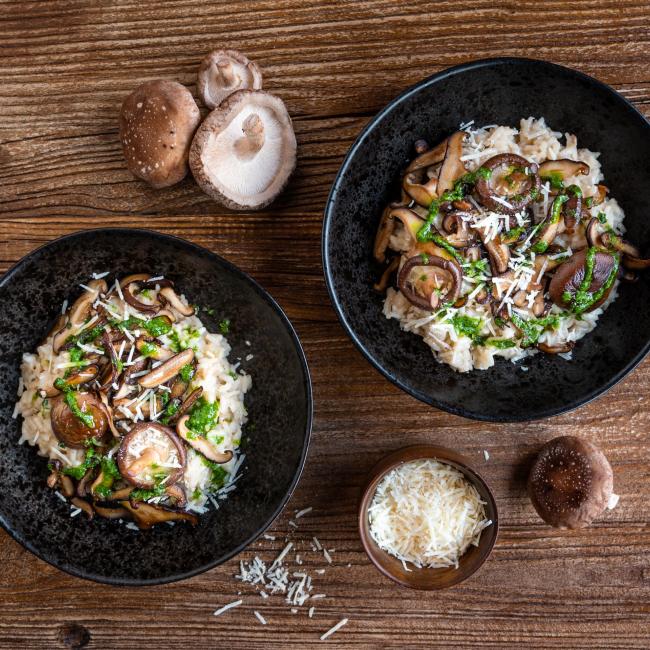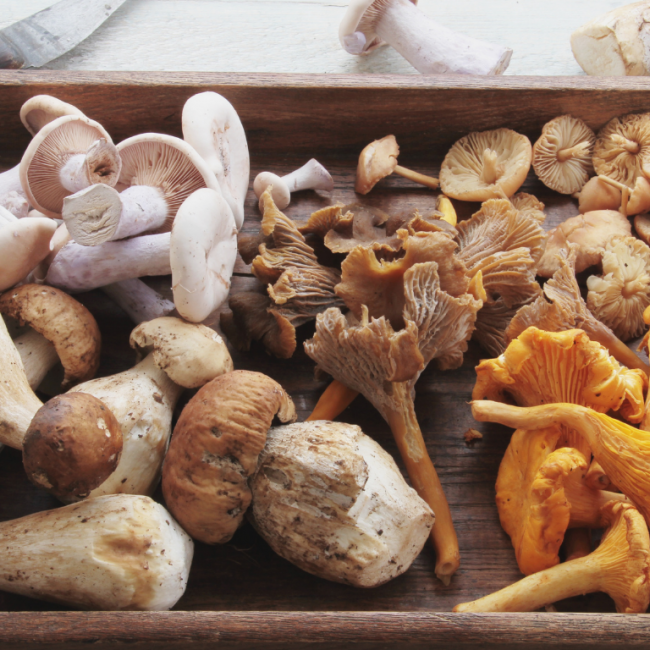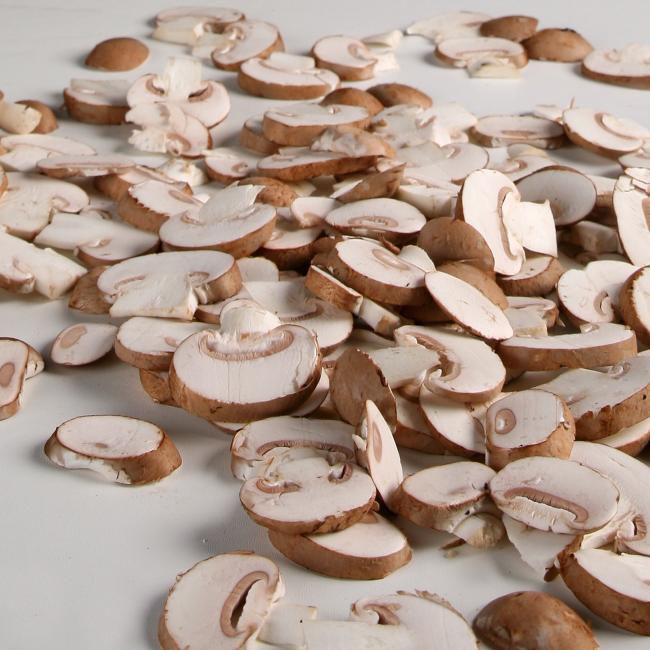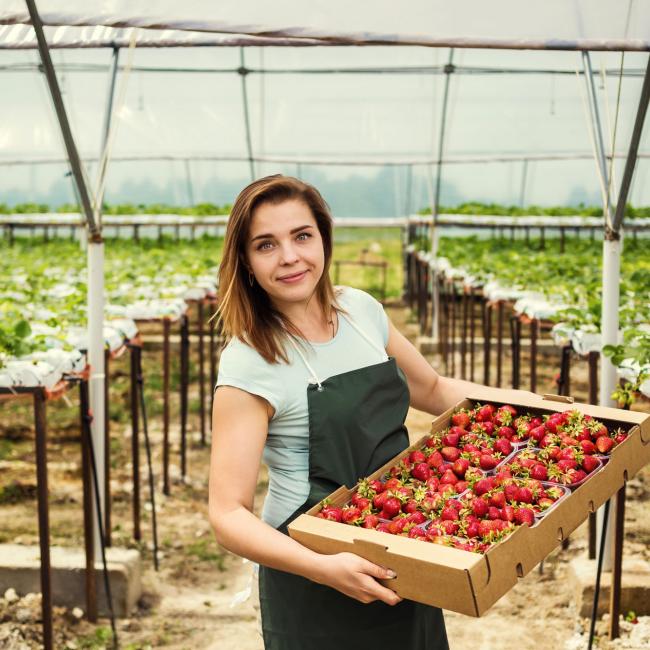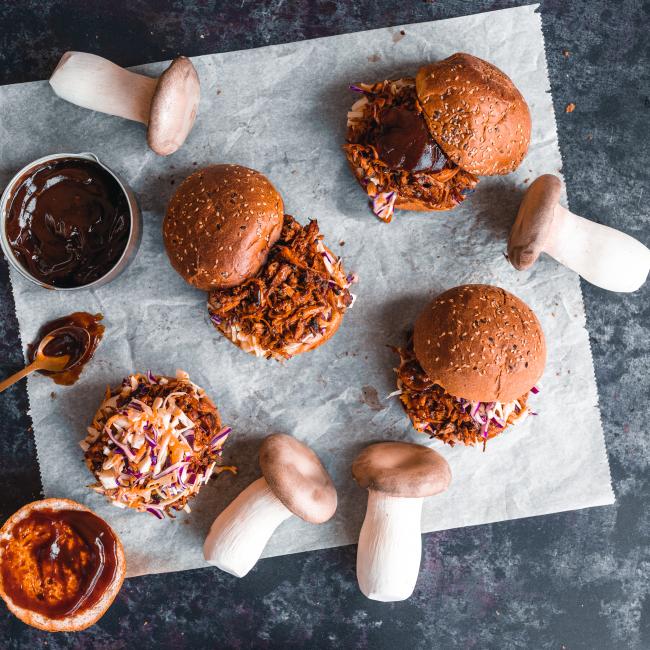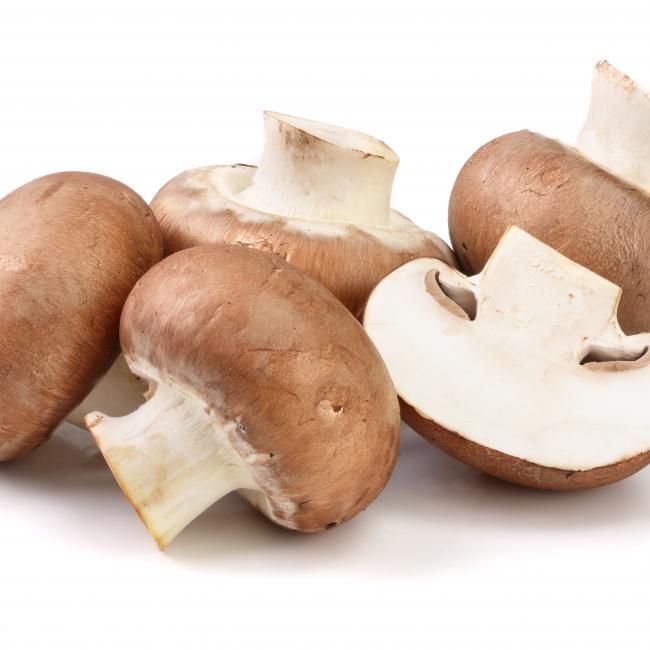
Blog
8 changes in the fruit and vegetable retail sector post-Corona
The outbreak of the COVID-19 pandemic in 2020 disrupted the trade in fresh fruit and vegetables but also reinforced a number of persistent trends. Consumer behaviour has become more complex, while professional buyers have become more demanding due to the concentration of buyer power. It is very important to know as much as possible about this as an organisation within the Fresh Produce sector.
Healthy eating and the increasing preference for local and organic products are trends that have been reinforced by Corona. For the suppliers of these products, it has therefore become even more important to find efficient logistics and to ensure a sustainable and clean product.
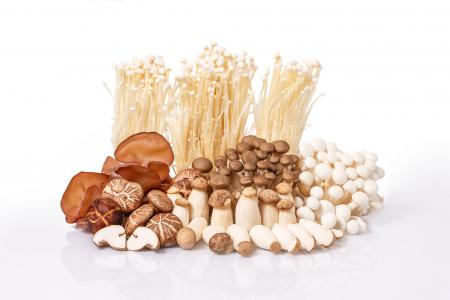
Impact on international trade:
- Logistics has become more expensive
- Differences between producer countries in response to COVID-19 and impact on available resources and logistics
- Raising awareness of the vulnerability of current food supply chains
- Higher food prices
Impact for the long term:
- Retail became dominant, while food services were lacking
- Consumers looking for affordable food with a long shelf life
Impact on existing trends:
- More attention to healthy fruit and vegetables
- Preference for local products is increasing
- More money spent on organic fruit and vegetables
- More space for food delivery
During the closing days of COVID-19, demand for fruit and vegetables shifted from restaurants and other food service providers to the retail sector. Retail sales increased, especially for healthy, affordable fruit and vegetables with a good shelf life. Products typically used by restaurants and bars, such as limes, fresh herbs and exotic fruits, experienced a sharp decline. Less out-of-home consumption allowed consumers to increase their grocery spending, which had a positive effect on sales of organic fruit and vegetables. Food delivery also flourished during COVID-19 lockdowns and digitisation accelerated during the pandemic.
All this has resulted in 8 major changes within the Fresh Produce sector.
1. Buyers more focused on risk mitigation
ncreasing global delivery volumes and the greater concentration of buyer power are putting margins in the Fresh Produce sector under great pressure. Large retailers are able to maintain prices at competitive levels, but at the same time, are becoming more demanding about product and delivery standards. Therefore, traders are becoming more and more protective. They impose strict delivery conditions and pass on economic risks to their suppliers.

2. Sustainable procurement is becoming mainstream
onsumer awareness is growing as a result of increased transparency. Interest in more sustainable fruit and vegetables is increasing. This trend affects many aspects of the supply chain, such as working conditions, water use and waste management. The increasing popularity of organic products is also part of this trend towards sustainability. A product has the best chance of being accepted by European buyers if it meets sustainability criteria.
Five ways to respond to this change
- Be transparent about the origin.
Respond to the trend of sustainability by being transparent about the origin of products. For example, by placing a QR code that shows the grower of the mushrooms, including a "road to plate" path with the date of harvest.
- Communicate organic and/or regional certificates.
You can emphasise the sustainability of products by using organic and regional certificates. Extra explanation about what these certificates exactly mean ensures that the consumer understands the communication.
- Communicate circularity.
If the products come from a circular farmer or grower, you can capitalise on this trend by communicating it to the customer. By emphasising this circularity on the packaging, in the shop or online channels, for example, you make it known that the mushroom is more sustainable.
- In-store transparency.
By giving the farmers and growers of the products a 'face', you give the products more value. A mushroom changes from an anonymous commodity product to a mushroom grown by a real farmer.
More sustainable packaging options.
Together with suppliers, you can investigate what more sustainable packaging options there are to reduce plastic, for example. Through good cooperation between retailer and supplier, you can increase sustainability and respond to this trend.
3. Health awareness encourages natural consumption
Health has always been a strong selling point for fresh fruit and vegetables. In recent years, Corona has seen consumers become increasingly aware of their diet. This has led to an increased demand for fresh snacks such as fruit and vegetables, but also to a need for more natural products. Therefore, retail brands often emphasise specific health benefits in their product presentation and require suppliers to supply organic products that are free of chemicals.
4. Growing interest in the (exotic) mushroom
Within the Fresh Produce sector, the white mushroom and the chestnut mushroom are enjoying increasing interest. Now that the mushroom has acquired a definite place in the eating pattern of the modern consumer, all varieties appear to be growing in popularity.
Meanwhile, European consumers have discovered that by cooking with mushrooms in dishes, you can add flavour and texture to them. This fits in perfectly with trends such as sustainability and healthy eating. This development naturally offers opportunities for both the producer and the seller. The challenge in 2022 for the exotic varieties lies in the fact that these species are still fairly unknown to the average consumer. The solution may lie in cooperation between producer and retailer to increase awareness of these varieties.
Among the lesser-known exotics, there are several species that have been doing well for quite some time. Think of the oyster mushroom, shiitake and the portobello. These have been known to European consumers for some time and are doing better and better in retail.
5. Convenience is becoming increasingly important
Lifestyles in Europe are becoming faster, and there is more interest in convenient and easy foods. Large retailers play a key role in the development of convenience foods. They have a strong influence on the way fruit and vegetables are presented. These retailers are diversifying their ranges of snack vegetables, ready-to-eat fruit and fresh-cut produce. But fresh convenience products also include seedless fruit, easy-peel products, products with extended shelf life and fruit in individual portions. There is growth potential for prepared and ripened fruit. Another convenient solution is freshly cut fruit and vegetables. Pre-cut products not only save consumers time, they also meet the demand for healthy snacks 'on the go' and increase the consumption of fruit and vegetables.

6. Consumers combine price-consciousness with luxury spending
The market for fresh fruit and vegetables has traditionally been determined by price, but today's market is more dynamic. Retail discounters are gaining market share, while consumers complement their price-conscious buying behaviour with an interest in exotic fruit and vegetables of special quality. This means that new consumer groups are emerging for high-quality and niche products. This while other fruit will be under pressure due to price competition.
7. Integration requires more partnerships
In the fresh fruit and vegetables sector, supply lines are becoming shorter and more efficient. Closer contacts between farmers, traders and retailers lead to better control and transparency throughout the chain. This control is used to build expertise in specific products and to meet the strict delivery conditions of large retailers. In order to gain a stable position on the European market, it is important to join forces and opt for strategic partnerships.
As a result of increasing competition and concentration of customers, the role of suppliers is changing. Today, they survive only by specialising and concentrating on a unique market position. Larger companies are integrating their main activities and becoming retail service providers, offering services such as repackaging, blending and ripening of fruit and vegetables. Importers are increasingly focusing on efficiency and just-in-time delivery, trying to shorten their supply chain to retailers and save on storage costs.
Suppliers who supply large retail chains work with supply contracts and prefer to deal with large producers. Small overseas suppliers are best placed to focus on specialist buyers. Many of them will not have direct access to retailers, but they can help distribute your product to the right buyer or market channel.
8. Different rules within the European Union affect trade flows
The European Union is an economic union of 27 countries (after Brexit in January 2020). In addition to common European policies and regulations, each country has its own policies and regulations. The enforcement of these is not necessarily the same in all countries. Trade regulations, the minimum wage, but also requirements of buyers and preferences of consumers, differ within Europe and are subject to change.
The European regulation on the import of fresh fruit and vegetables applies to all countries in the EU, but differences in enforcement and control remain between countries.
Products that are acceptable in one country may be rejected in another market. For example, in Belgium, the stems of imported limes must be three millimetres or less, while the Netherlands accepts stems up to five millimetres.
There are also differences between individual customers. For example, large retailers in Germany and the Netherlands tend to apply stricter residue limits than the European legislation. Discount supermarket Lidl is one of the strictest retailers and allows only one third of the legal limit.
Three ways to respond to this change
- Take initiatives to improve margins.
By working more intensively with your supplier, you can, for example, combat losses. By tightening forecasts, adjusting order volume and better coordination during promotions and shelf advice, you can improve margins. By increasing the effectiveness of promotions through an optimised action calendar, you can also improve your margins.
- Maximising your sales by focusing on added value.
Try to respond to the trend of the need for local products. One way you can do this is by telling the story of local farmers in places like the packaging, in the shop but also through online channels like social media and the website.
- Informing shoppers on the shop floor.
By informing the shopper about all the different values of the mushroom, you can focus on these. For example, tell the customer that the mushroom was hand-picked, is extremely healthy, complies with all kinds of certificates and that the chain is sustainable and fair. This is how you emphasise the added value of the mushroom.
By responding well to this trend, you will ensure that consumers continue to choose you. The Fresh Produce shelf has an enormous influence on the consumer's choice of supermarket and by paying extra attention to this, and responding well to this trend, you will bind consumers.
The future of the Fresh Produce sector
COVID-19 has shown how vulnerable the (fresh) supply chains actually are. There were large differences in the way countries responded to the pandemic. The European Union kept its borders open through so-called "green lanes" to guarantee the supply of fresh fruit and vegetables for all its member states. International trade was hit hard as many exporters suffered from reduced labour forces and logistical problems. This led to higher prices for food globally - an effect that is likely to continue in the coming years.
The strong recovery after the pandemic increased the demand for imported raw materials and finished products, especially in the case of Chinese goods to Northern Europe and the United States. The demand for containers increased significantly: in one year, container prices quadrupled or more, and delays in maritime transport became more frequent. These problems were particularly pronounced in the case of east-west connections and trans-Pacific trade.
Initially, the logistical problems affected mainly the bulk trade, but now reefer containers are also affected. Efficient logistics is essential for the quality of the fresh trade. Imported fruit is usually a high value cargo, and in most cases they have been able to absorb the higher container prices. Trade between China, the EU and the US is dominant and often given priority, so it has become more difficult for some exporting countries to get an available container and schedule a shipment. For some fruits and vegetables, such as kiwis and onions, the lack of conditioned containers has been partially resolved by using reefer ships (without containers).
However, the trade in fresh fruit and vegetables will continue despite high prices and logistical problems. Ultimately, the consumer will pay the price. The main consequence for exporters is that they will have to organise their logistics even better and, for some products, they will buy more locally in the European region and import less when fruit and vegetable prices are (too) high.
Logistics service providers expect this new reality to continue well into 2022 or beyond. The biggest problems will be solved once shipping lines are able to reorganise their structure and add both ships and containers on demanding routes.
Also, check our whitepaper on the mushroom market in 2022!
Request a sample package including recipes



